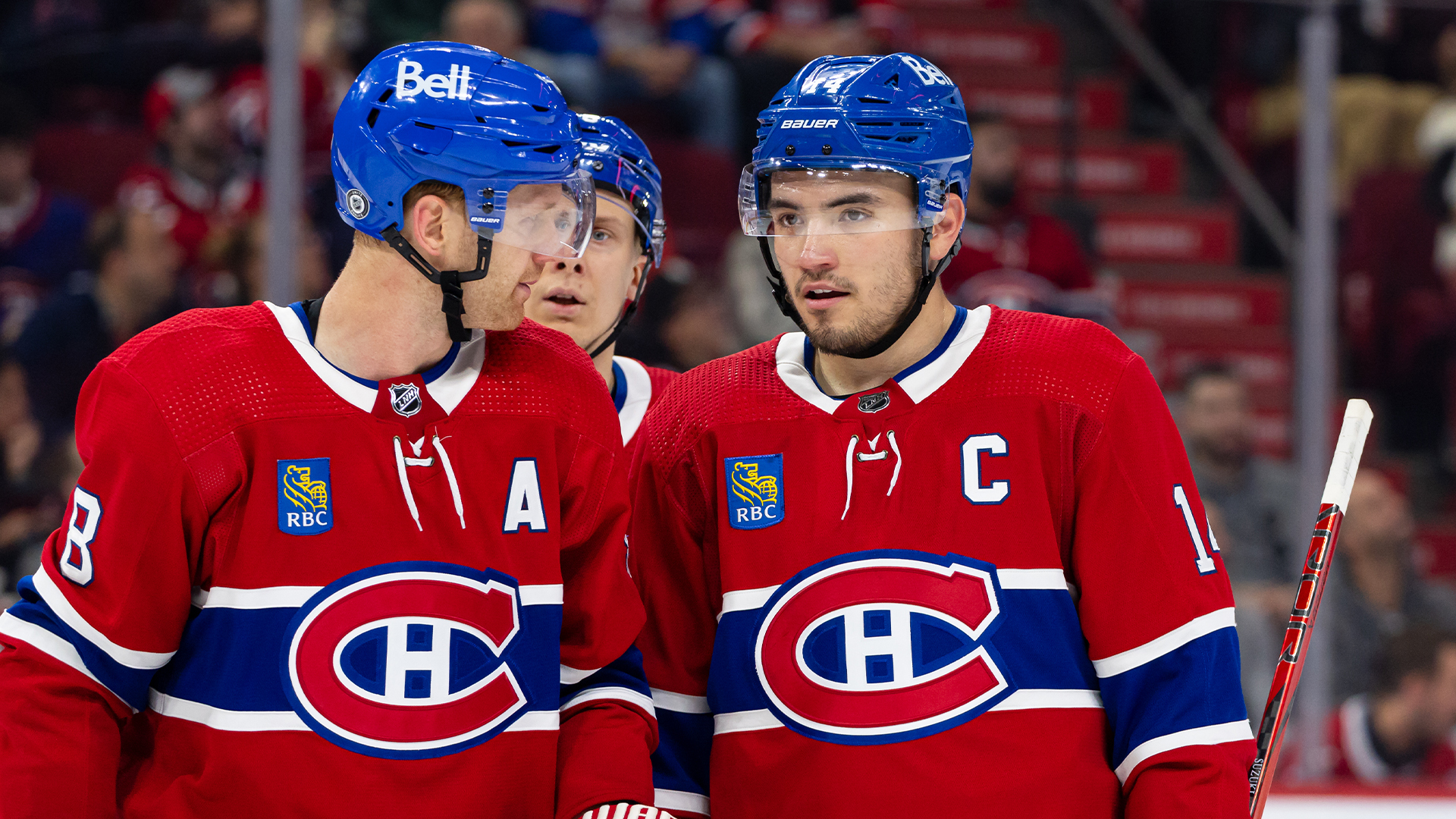In the world of professional sports, injuries are an unfortunate reality that can change the trajectory of a team’s season in the blink of an eye. For the Montreal Canadiens, one of the most storied franchises in the NHL, this harsh reality has just struck once again. Recently, the organization announced that one of their key players has suffered a long-term injury. This news has sent ripples through the Canadiens’ fanbase, leaving many wondering about the immediate and long-term impact on the team’s performance, playoff hopes, and roster decisions.
While the identity of the player and the specifics of the injury may vary depending on the situation, the implications of such a setback are clear. The Montreal Canadiens are now faced with the challenge of navigating their season without one of their integral players. The question on the minds of fans, analysts, and team executives alike is: how will the Canadiens cope with this adversity, and what does it mean for the future of the team?
The Emotional and Tactical Impact of a Long-Term Injury
When a player is announced as being sidelined for a significant period of time, it’s not just the absence of a talented individual that the team feels—it’s the void left behind in terms of both on-ice performance and emotional leadership. For any team, a long-term injury is more than just a player on the sidelines; it’s a shift in the dynamic, the roster construction, and the team’s overall morale.
If the player in question is a key figure on the roster, such as a star forward or a top defenseman, the tactical adjustments can be monumental. A loss of such magnitude means that coaches must scramble to find a solution, reconfigure line combinations, and adapt their game plans accordingly. In the case of the Canadiens, who have been in a rebuilding phase over the past several seasons, the loss of a key player could not come at a worse time as they continue their journey toward regaining their place as a Stanley Cup contender.
For the Montreal Canadiens, this injury could have significant consequences. Not only is it a loss in terms of the player’s contribution on the ice, but it also forces the team to reconsider its immediate goals for the season. Are the Canadiens still pushing for a playoff spot, or will they pivot to long-term planning as they navigate the uncertainty left by this injury?
A Franchise in Transition: Can the Canadiens Weather the Storm?
The Montreal Canadiens are currently in the midst of a transition period, working to rebuild and develop young talent while balancing the need for veteran leadership. This injury comes at a time when the organization is carefully crafting its future, with an emphasis on developing players like Cole Caufield, Nick Suzuki, and others who are seen as the cornerstones of the team’s success.
The Canadiens have already endured several seasons of underperformance, which has led to a change in leadership with the hiring of general manager Kent Hughes and the promotion of Martin St. Louis to head coach. These changes have brought a renewed sense of optimism, as the team aims to develop their younger players while continuing to compete at a respectable level.
However, a long-term injury to a key player could derail some of these plans. If the injured player was one of the veterans—someone who was expected to provide leadership and help guide the young players—the loss could be felt both on and off the ice. It may require the younger players to step up more than anticipated, which could accelerate their development but also place them under more pressure than they are ready for.
The good news for the Canadiens is that they have a deep pool of young talent and promising prospects. This injury may give those players an opportunity to showcase their skills in more prominent roles. In fact, the absence of a key player could open the door for others to rise to the occasion and potentially take on larger responsibilities in an attempt to fill the void.
The Immediate Impact: Adjusting the Lines and Roles
The most immediate impact of this injury will be felt on the ice. The coaching staff will be tasked with adjusting line combinations and defensive pairings to account for the loss. If the injured player was a forward, it could require the coach to reshuffle the top two lines or find a player capable of stepping into a larger role, whether it be on the power play or in even-strength situations. If the injury occurred to a defenseman, the Canadiens would need to lean on their depth and potentially call up a prospect from the AHL or integrate a more experienced player into a larger role.
Regardless of the specifics, these adjustments are never easy. While a team like the Canadiens has depth and versatility, losing a key contributor is always a challenge. The question is whether the other players on the roster can step up and fill the void left by the injured player.
In some cases, injuries can lead to unexpected opportunities for players who may not have been in the spotlight previously. For example, a younger forward or defenseman might be asked to play in a top-six role, and this could be their chance to prove their worth and solidify their place within the organization’s future plans.
On the other hand, the Canadiens may need to look externally for reinforcements. With the NHL trade deadline approaching, there could be a possibility that the Canadiens target a rental player to bolster the lineup and offset the loss of the injured player. This is a strategy that some teams employ to stay competitive in the short term while balancing the needs of the future.
The Financial and Roster Implications
From a financial standpoint, the Canadiens will need to carefully manage their salary cap in the wake of this injury. Depending on the nature of the player’s contract and the length of the injury, the Canadiens may need to make moves to accommodate the absence while staying within the cap restrictions. The Canadiens could explore options like placing the injured player on long-term injured reserve (LTIR), which would open up some cap space and allow them to make moves to improve the roster.
Additionally, the injury could affect the team’s long-term planning. If the player in question was a pending free agent or had a significant contract, the injury could have implications for contract negotiations and the organization’s overall salary structure. The front office will need to weigh the long-term impact of this injury in terms of both the team’s competitive window and financial flexibility.
A Chance for the Future: Silver Linings
While injuries are always a setback, they also offer opportunities for growth and development. For the Canadiens, the silver lining could be the chance for their younger players to step up and take on more responsibility. Players like Suzuki, Caufield, and Kaiden Guhle could see an uptick in ice time and more prominent roles, which could accelerate their growth and help them become the leaders of the future.
Moreover, the Canadiens could use this injury as a learning experience for their young players. Adversity is a part of every successful team’s journey, and how the team responds to this setback could be pivotal in shaping their character and their mentality moving forward. The lessons learned in overcoming adversity—whether it be finding new ways to win games or stepping up in the face of challenges—are lessons that will serve the team well as they continue to build for the future.
Looking Ahead: The Road to Recovery
As the Canadiens navigate this challenging period, they will need to remain resilient and focused on their goals. Whether they are competing for a playoff spot or continuing to develop their young players, the team’s ability to weather the storm of a long-term injury will be a key factor in their future success.
In the NHL, injuries are inevitable, but how a team responds to them can make all the difference. For the Montreal Canadiens, this injury represents both a challenge and an opportunity. While the road ahead may be difficult, it also offers the chance to build character, deepen team chemistry, and ultimately become a stronger, more unified squad. As the team recovers from this setback, their hunger for success and determination to overcome adversity will be crucial in shaping their future.



